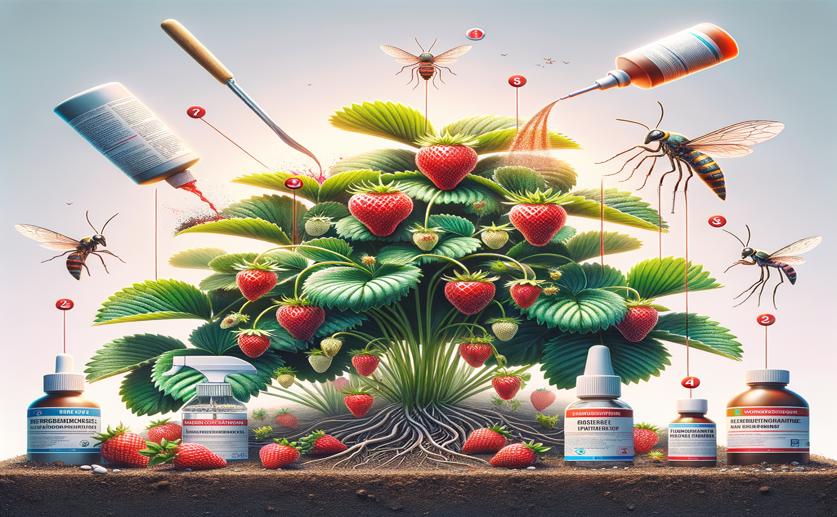
Effective Biopesticide and Mite Treatment for Controlling Thrips in Strawberries
Jenn Hoskins
29th June, 2024

Image Source: Natural Science News, 2024
Key Findings
- The University of Florida's study found that a capsicum extract biopesticide effectively manages chilli thrips in strawberries, especially when resistance to synthetic insecticides is high
- The predatory mite Amblyseius swirskii showed variable effectiveness in controlling chilli thrips, indicating the need for more research to optimize its use
- The study highlights the potential of biopesticides as sustainable alternatives to synthetic insecticides, addressing pest resistance issues
AgricultureBiochemPlant Science
References
Main Study
1) Field efficacy of a biopesticide and a predatory mite for suppression of Scirtothrips dorsalis (Thysanoptera: Thripidae) in strawberry.
Published 28th June, 2024
https://doi.org/10.1093/jee/toae144
Related Studies
2) Challenges facing arthropod biological control: identifying traits for genetic improvement of predators in protected crops.
3) Distribution of Scirtothrips dorsalis (Thysanoptera: Thripidae) cryptic species complex in the United States and reproductive host assessment of its dominant member.
4) Life tables and development of Amblyseius swirskii (Acari: Phytoseiidae) at different temperatures.



 27th June, 2024 | Greg Howard
27th June, 2024 | Greg Howard